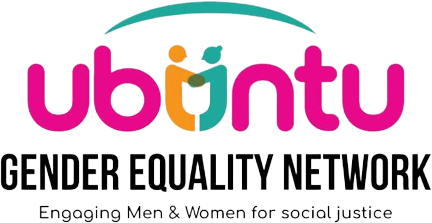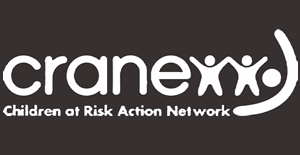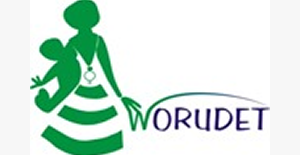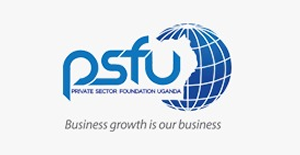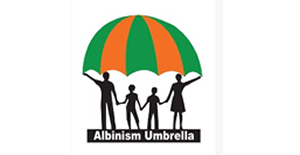Prevention and Response to Gender Based Violence
- Reduction in GBV Incidents: A decrease in reported cases of GBV, indicating successful prevention efforts and increased awareness within communities.
- Establishment of Referral Networks: Successful establishment and functionality of formal and informal referral networks, ensuring survivors have access to survivor-centered services promptly.
- Policy Advocacy: Positive policy changes at local and national levels, resulting in strengthened legal frameworks, actual commitment by government and enhanced protection for survivors of GBV.
- Engagement of Men and Boys: Increased engagement of men and boys as allies in ending GBV, evidenced by behavioral changes and active participation in prevention efforts.
Digital Marketing to Communities, Women, and Youth Entrepreneurship
- Increased Online Visibility: Enhanced online presence and visibility of local businesses, particularly those owned by women and youth entrepreneurs.
- Improved Market Access: Expanded market reach for entrepreneurs through effective utilization of digital marketing strategies, leading to increased sales and profitability.
- Digital Literacy: Empowerment of women and youth with digital marketing skills, demonstrated by their ability to independently manage online marketing campaigns and platforms.
- Access to Resources: Improved access to affordable internet connectivity and digital literacy programs in underserved areas, narrowing the digital divide and fostering inclusivity in the digital economy.
Movement Building
- Establishment of Support Networks: Successful establishment of functional community GBV/SRH transformed social support groups, promoting social justice and accountability.
- Youth Activism: Increased youth activism in preventing intimate partner violence and advocating for young people’s agendas in Uganda, leading to positive social change and increased awareness.
Community Transformation and Empowerment
- Attitudinal and Behavioral Change: Positive changes in attitudes and behaviors within communities, leading to reduced prevalence of intimate partner violence and increased support for gender equity and gender equality.
- Empowered Community Leaders: Enhanced capacity of community leaders to address systemic issues and promote community development, evidenced by improved service delivery and responsiveness to community needs.
Promoting Gender Justice
- Increased participation and leadership of women and girls in climate action and decision-making processes coupled with tangible improvements in their resilience to climate change impacts.
- Enhanced access to resources, skills, and opportunities for women and girls
- Adoption of gender-responsive climate policies at local and national levels.
- Creation of a more equitable and resilient society where everyone, regardless of gender, can thrive in the face of environmental challenges.
Work with Government Institutions and District Local Governments
- Gender Responsiveness: Improved gender responsiveness among district local governments, demonstrated by the implementation of gender-responsive approaches and the incorporation of gender considerations into development plans and budgets.
- Collaboration with Civil Society: Enhanced collaboration between government institutions and civil society organizations through the establishment of functional GBV/Sexual Reproductive Health District Referral Networks, that prioritize provision of survivor-centered services for IPV survivors.
Resilience and Livelihoods
- Sustainable Household Income: Increased sustainable household income among vulnerable households, meeting basic needs and ensuring food security.
- Access to Resources: Improved access to agricultural techniques, financial inclusion through savings groups, and community-based disaster management initiatives.
- Graduation from Poverty: Successful transition of vulnerable households to resilient livelihoods through initiatives such as “Saving for Transformation” and “Ultra-Poor Graduation,” leading to improved economic opportunities and resilience to shocks.
Women Peace and Security
- Enhanced Women’s Participation: Increased participation of women in decision-making processes at all levels, reflecting progress towards gender equality and inclusive peacebuilding.
- Access to Justice and Economic Opportunities: Improved access to justice, economic opportunities, and education for women in conflict-affected communities, contributing to sustainable peace and development.
- Advocacy Impact: Successful advocacy efforts resulting in policy changes and implementation of gender-responsive approaches by government institutions and district local governments.
- Community Resilience: Strengthened community resilience through the active involvement of women in conflict prevention, resolution, and peacebuilding initiatives.
Promotion of Formal Education
- Measurable improvement in the overall well-being and academic performance of vulnerable children, evidenced by increased enrollment rates, retention in school, and successful completion of the primary education cycle.
- Development of essential life skills, enhanced emotional resilience, and a reduction in vulnerabilities to exploitation or violence.
- Our holistic approach ensures that each child’s individual needs are met, leading to positive outcomes in their physical, emotional, and cognitive development, ultimately breaking the cycle of poverty and vulnerability for a brighter future.
Our Partners
